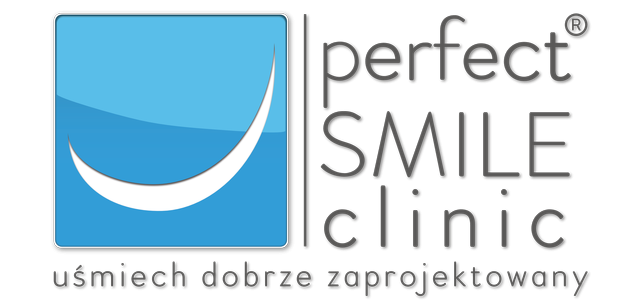The temporomandibular joint (TMJ) is one of the most complex joints in the human body, enabling movements of the jaw necessary for chewing, speaking, and swallowing. Disorders of this joint can lead to pain, limited jaw mobility, and a range of other problems. In this article, we will look at the methods of treating these disorders.
O czym piszemy w artykule?
- Diagnostyka zaburzeń stawu skroniowo-żuchwowego.
- Metody leczenie zaburzeń stawu skroniowo-żuchwowego.
- Ważność indywidualnego podejścia.
- Leczenie zaburzeń stawu skroniowo-żuchwowego – specjalistyczna pomoc.
- Dlaczego Klinika Perfect Smile?
- Podsumowanie.
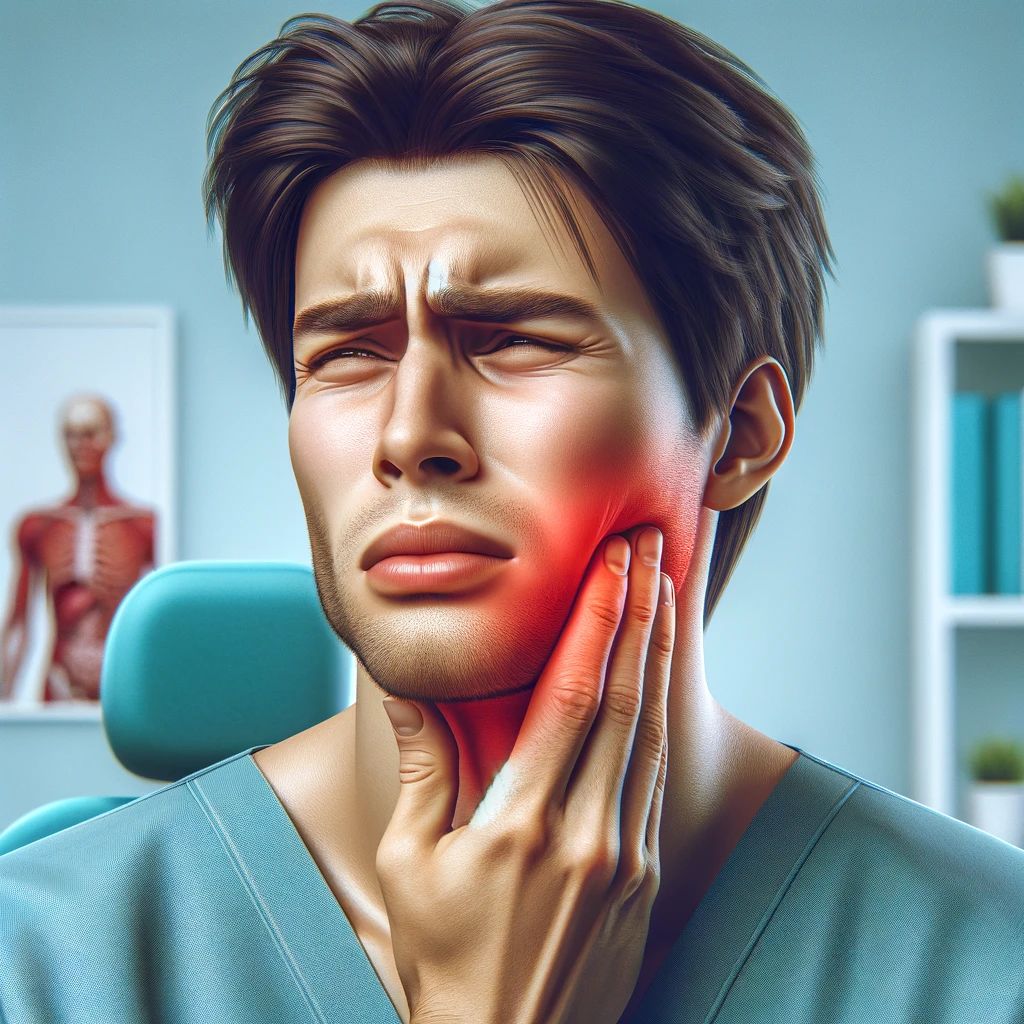
Diagnosis of TMJ Disorders
The first step in treatment is an accurate diagnosis. TMJ disorders can have many causes, including injuries, degeneration, stress, or improper teeth alignment. Diagnosis often requires imaging tests, such as X-rays, magnetic resonance imaging (MRI), or computed tomography (CT), as well as an assessment of jaw function and symptom examination.
Treatment methods.
- Non-Invasive treatment:
- Pharmacological therapy: Anti-inflammatory drugs, muscle relaxants, or pain relievers can be used to alleviate pain and inflammation.
- Physiotherapy: Strengthening and stretching exercises for the jaw muscles, as well as relaxation techniques, can help reduce pain and improve joint mobility.
- Behavioral therapy: Stress management techniques and habit changes, such as avoiding excessive mouth opening, can be beneficial.
- Use of protective splints:
- Occlusal splints, usually worn at night, can help reduce pressure on the TMJ and prevent teeth grinding.
- Invasive treatment methods:
- In severe or treatment-resistant cases, more invasive methods, such as corticosteroid injections, laser therapy, or even surgery, may be used.
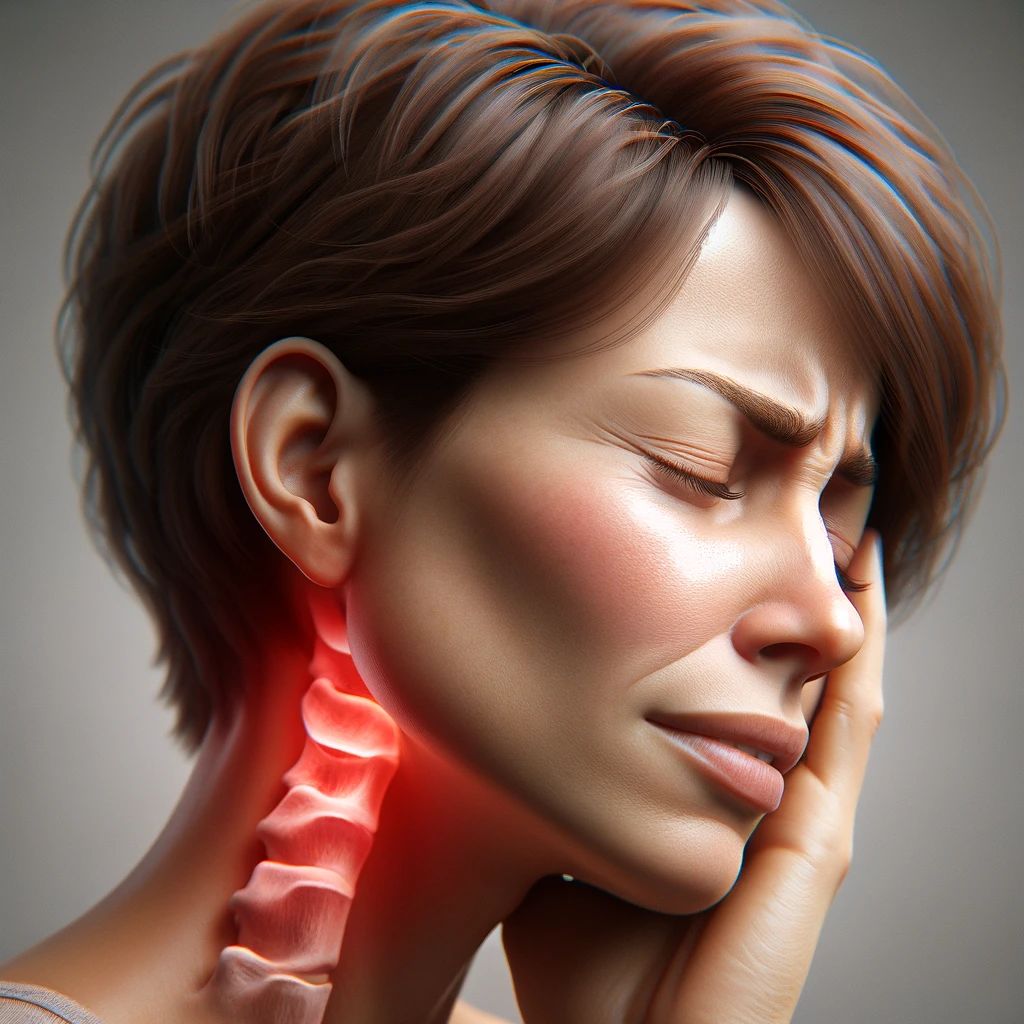
Importance of an individual approach.
Treatment of TMJ disorders requires an individual approach. What works for one person may not be effective for another. Collaboration between the patient and the medical team, including dentists, specialist doctors, and physiotherapists, is crucial for effective treatment.
Perfect Smile Clinic – Your specialist in treating temporomandibular joint disorders.
Do you experience pain in the temporomandibular joint, problems with chewing, or teeth grinding? Perfect Smile Clinic specializes in treating these very ailments. Our clinic offers effective and individually tailored therapies for those suffering from temporomandibular joint disorders..
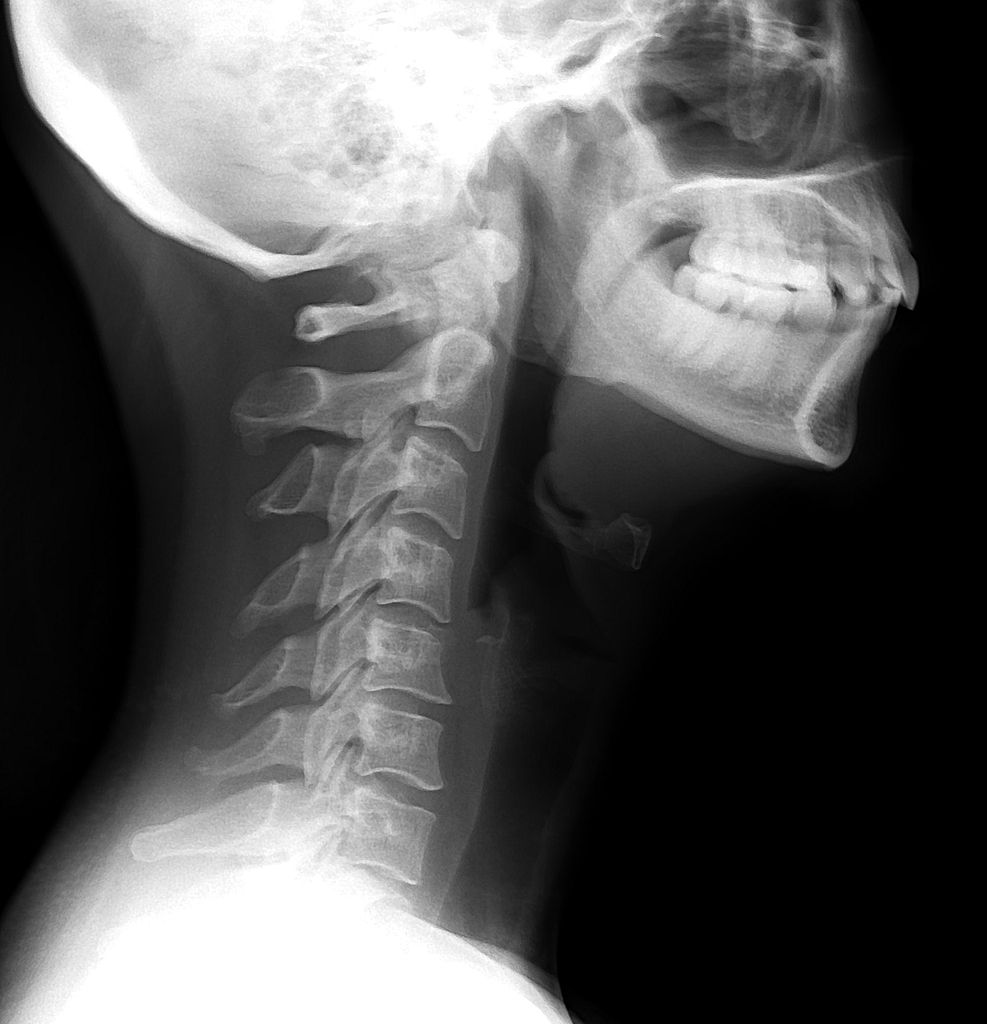
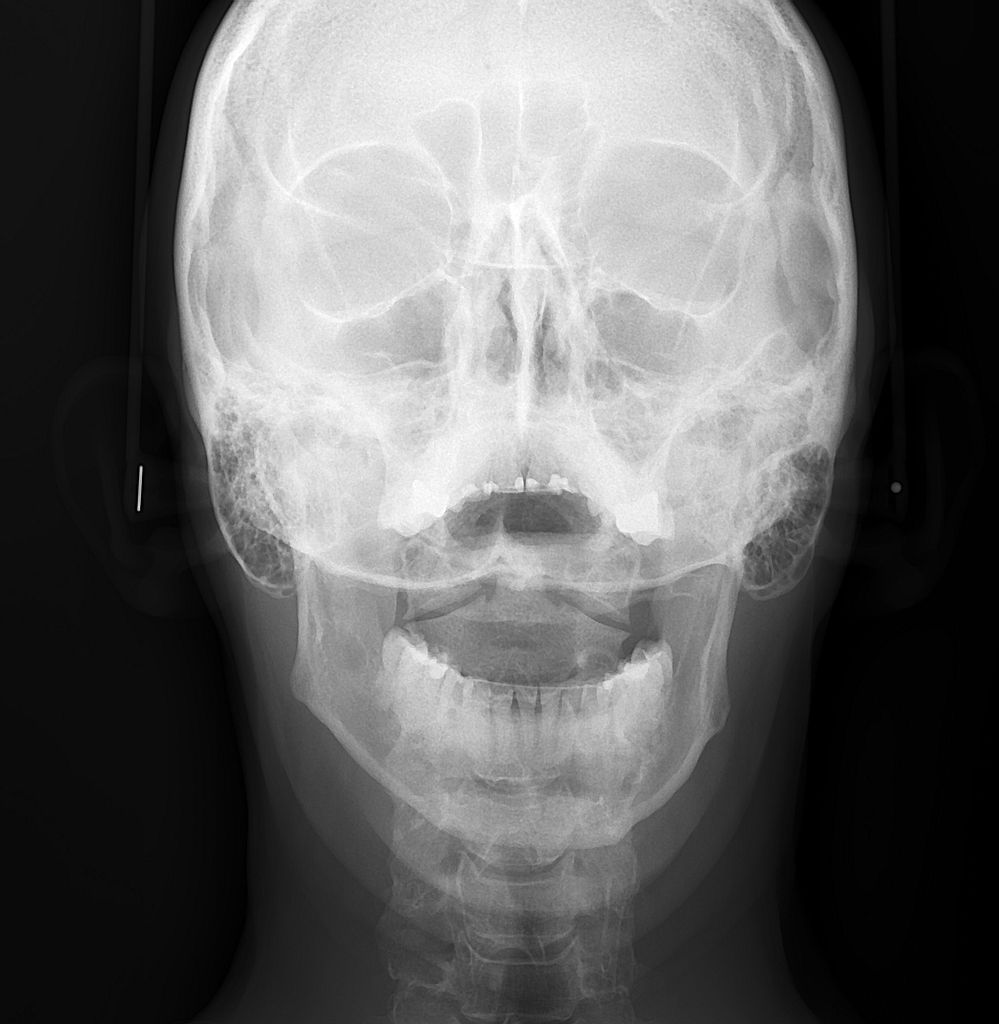
Why our Clinic?
- Experience and sSpecialization: Our team consists of experienced dentists and specialists with extensive knowledge in TMJ disorders.
- Individual approach to the Patient: Each case is unique to us. We offer therapies tailored to the individual needs and health conditions of our patients.
- Diverse treatment methods: We use both proven non-invasive methods, such as pharmacological therapy and physiotherapy, as well as advanced dental techniques.
- Comfort and care: We provide a warm and friendly atmosphere for our patients, caring for their comfort and well-being during each visit.
- Education and prevention: We educate our patients about the importance of prevention and appropriate habits that can help prevent TMJ problems.
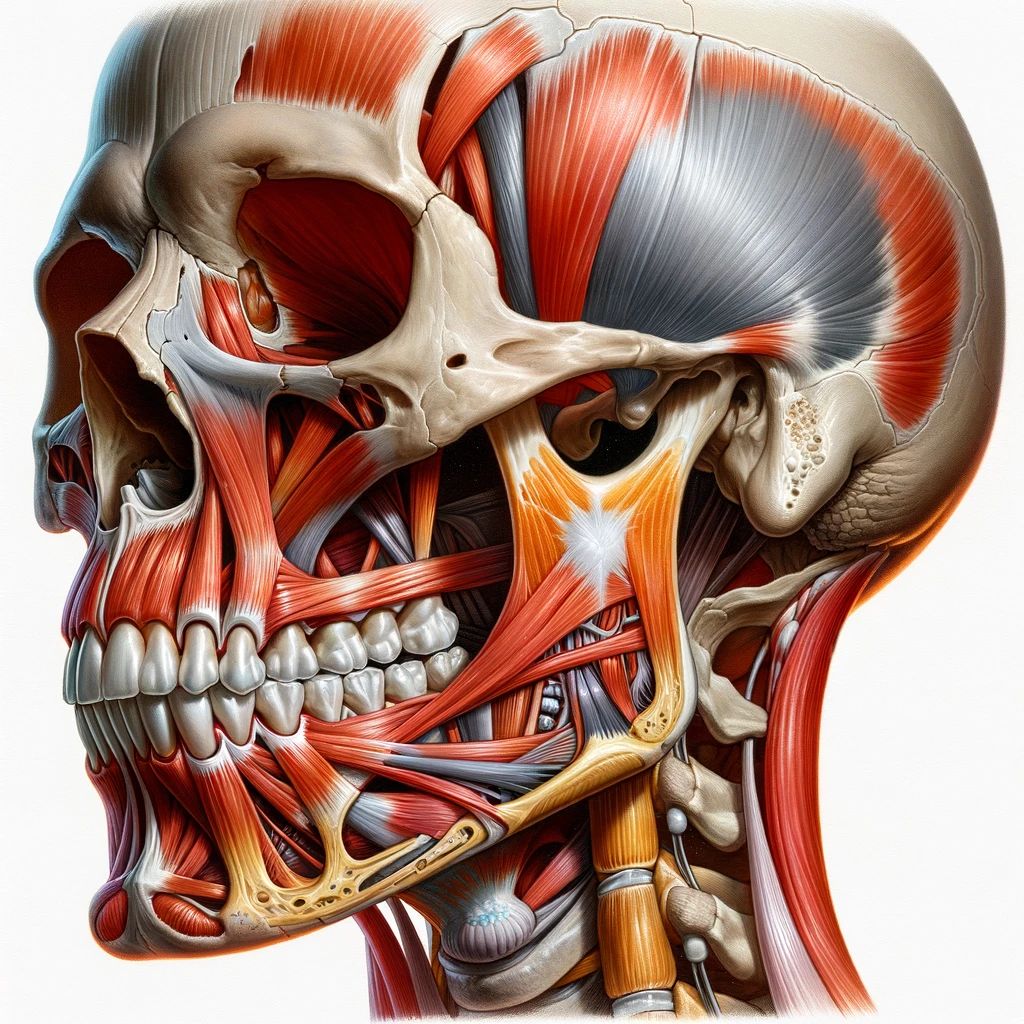
Summary.
Temporomandibular joint disorders can significantly impact the quality of life. Early diagnosis and a comprehensive therapeutic approach are key to effective treatment of these problems. Interdisciplinary cooperation and individual tailoring of therapy to the patient’s needs are the foundation of effective treatment for these complex disorders.
Welcome to Perfect Smile Clinic.
In our clinic, you will find help, support, and professionalism. Contact us to schedule a consultation and start your journey to relief and improved health of your temporomandibular joint.
